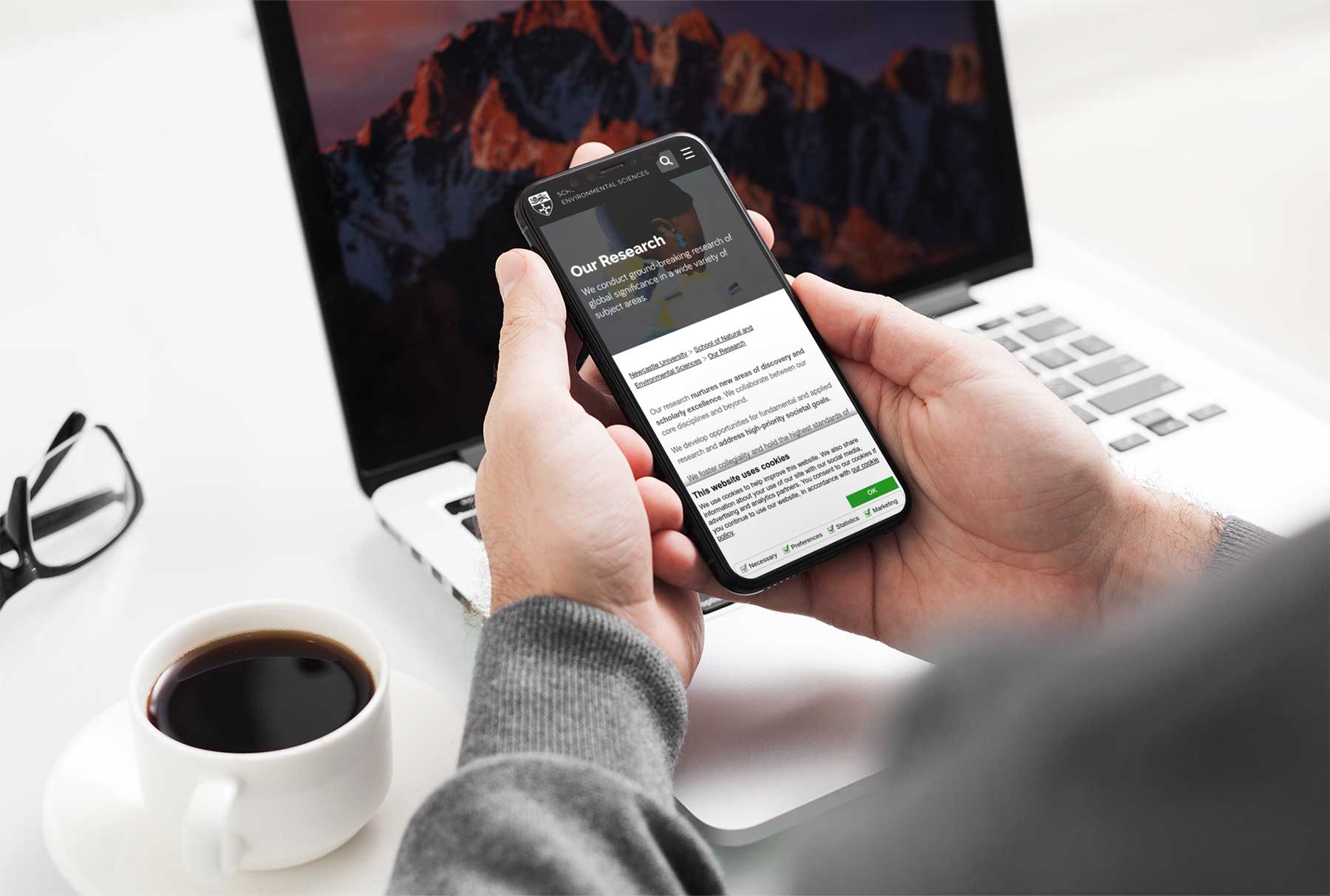Tone of Voice
Our ‘voice’ is how we connect with people. It is one of the most important parts of our identity. Our voice is informed by our personality: we are determined, visionary, and conscientious.
Why is tone of voice important?
When customers identify a tone of voice, they're also identifying a personality. They start to form an image of a person or company based on the tone of voice you use.
Tone of voice is different to our personality.
Brand personality refers to the human characteristics, emotions, and attributes we embody.
Our tone of voice is how we communicate our brand’s personality, beliefs, and values.
Our tone is not only how we sound, but also:
- the words we use
- how we use them
- our cadence and rhythm
- the length of our sentences
Do this
- Use an active, rather than a passive, voice
- Be positive, optimistic, and upbeat
- Speak in everyday, approachable language
- Be honest, sincere, and factual
- Keep things simple - be concise and direct, so our 'can-do' attitude shines through
- Be human and real - bring in people-focused stories where possible
Don't do this
- Use jargon, acronyms (unless absolutely necessary), or bureaucratic terms
- User overly formal language
- Sound superior, boastful, or arrogant; instead, be relatable and down-to-earth
- Lead with a negative angle
- Be tentative; instead, use numbers and figures to add conviction
- Get too complex or pad out content with unnecessary words
Sentence length
It's important that sentences are short and convey a single point.
That way it's easy for users to understand what you're saying, one point at a time. Sentences shouldn't really be any longer than 15 to 20 words.
Anything longer than this and users start to tire or lose the thread of what you're trying to tell them. For example:
a 50-word sentence – grade level 16 – poor readability
Especially thanks to Dr Ralph Rayner, the chairman of Sonardyne, for making this happen and to Mr John Ramsden, managing director of Sonardyne, who visited us on the day, talked to students about their plans for the future and gave a lecture about Sonardyne and emerging technologies in the field.
the same content – grade level 7 – good readability
Thanks to Dr Ralph Rayner, the chairman of Sonardyne, for making this happen. Thanks also to Mr John Ramsden, managing director of Sonardyne, who:
• visited us on the day
• talked to students about their plans for the future
• gave a lecture about Sonardyne and emerging technologies in the field
Passive voice
Who and what first?
Passive voice = detail > action > subject – this means you give users other details before telling them what's been done and by whom.
Active voice = subject > action > detail – you're telling your audience who's involved and what they're doing before the detail.
Audiences get frustrated with content when you don't answer who and what first.
Passive example
The entire stretch of highway was paved by the crew.
Active example
The crew paved the entire stretch of highway.
Writing benefit-led content
If stating our features and facilities is the ‘how’ of our offering, the benefits are the ‘why’.
Benefits should be linked to known problems our audiences have.
They should connect these problems with the specific features and services that can solve them.
Focus on the positive impact of our facilities and services on the lives of our audiences. Relevant benefits will vary depending on who the audiences are.
Benefit-led content examples
Internal stakeholders
A new sports centre that we’ve recently invested in is the feature. But an affordable opportunity for staff to balance work and wellbeing in a convenient ‘on site’ location is the benefit.
Student prospects and decision-influencers
Security and CCTV across campus are features of our service. But peace of mind and reassurance that our campus is safe and student-friendly for their son or daughter is the benefit to parents.
Newcastle University community
An award-winning careers service is a feature. But work skills, self-belief, and confidence are the benefits to a current student or graduate using the service.
Observers and opinion-leaders
Our cutting-edge facilities are a feature. But furthering a business’s own goals and aspirations alongside our expert staff and facilities is the benefit to professional partnerships
